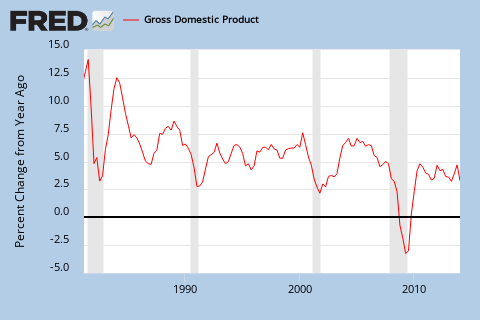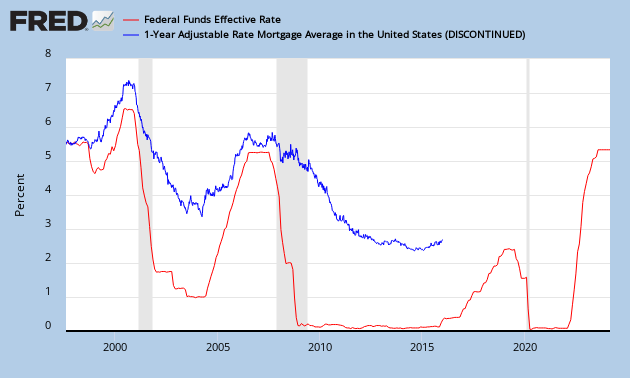The gold price has always followed the marginal cost of suppliers throughout history (
Figure 1).
The correlation between gold prices and gold mining cash costs between 1980 and 2010 stood at 0.85, which is pretty highly correlated (Source: CPM Gold Yearbook 2011).
With the price of gold at $1400/ounce today I'm pretty sure we can't go much lower if this correlation proves to be correct (Chart 1).
If we only look at the cash operating costs, we have this picture (Chart 2):
 |
| Chart 2: Production cash cost |
Let's analyze these charts further. While cash operating costs only went up a little bit to $700/ounce (Chart 2), the total marginal cash costs went up to $1300/ounce in 2013 (Chart 1). So the biggest move in total cash cost came from overhead, discovery, construction and sustaining capital. In the 1980's, we see that cash operating costs contributed the most in the total cost of mining, but today, the biggest chunk of the costs go to overhead, discovery, construction and maintenance. A summary of the cost structure is given in chart 3.
For investors, the key point to keep in mind is that cash operating costs aren't a good indicator for the gold price. You need to look at the overall costs of replacement and that includes all additional costs to mine gold. That total cost will dictate the price of gold.
I hear many analysts say that gold will go to $10000/ounce. I don't think this will happen soon, unless the total marginal cost goes up the same amount. This could happen when energy, labour, exploration, maintenance, construction costs go up or when ore grades go down. At the same time, some people say gold will go back below $1000/ounce. This is not possible because marginal cash costs are rising and we know that there is a high correlation between marginal cash costs and the gold price.
The following chart is the most important chart every gold investor needs to be aware of. As I mentioned before, there is a high correlation between the all in cash costs of gold mining and the gold price (Chart 4).
The gold price will therefore always follow the cost of mining which proves another important point. The rising gold price is an indicator of inflation because the higher cost of mining is a direct result of inflation.
Now consider the following. We see that many development stage gold mining companies have had increases in their exploration spending and many of these companies have had upward revisions in their feasibility studies. To name a few examples: Kinross Gold (KGC) and Novagold Resources (NG). So if capital spending on all of these projects go up, it isn't too difficult to see that the gold price will keep rising in the future.
















